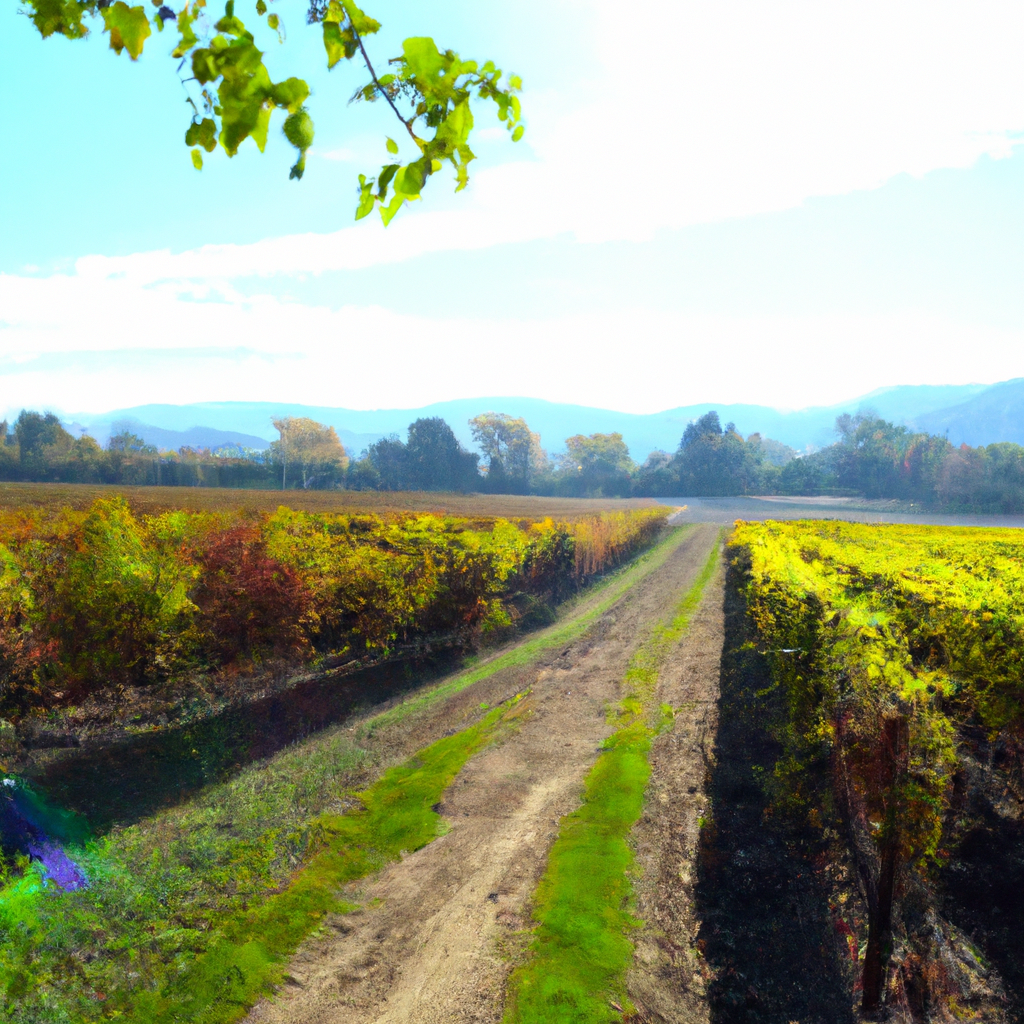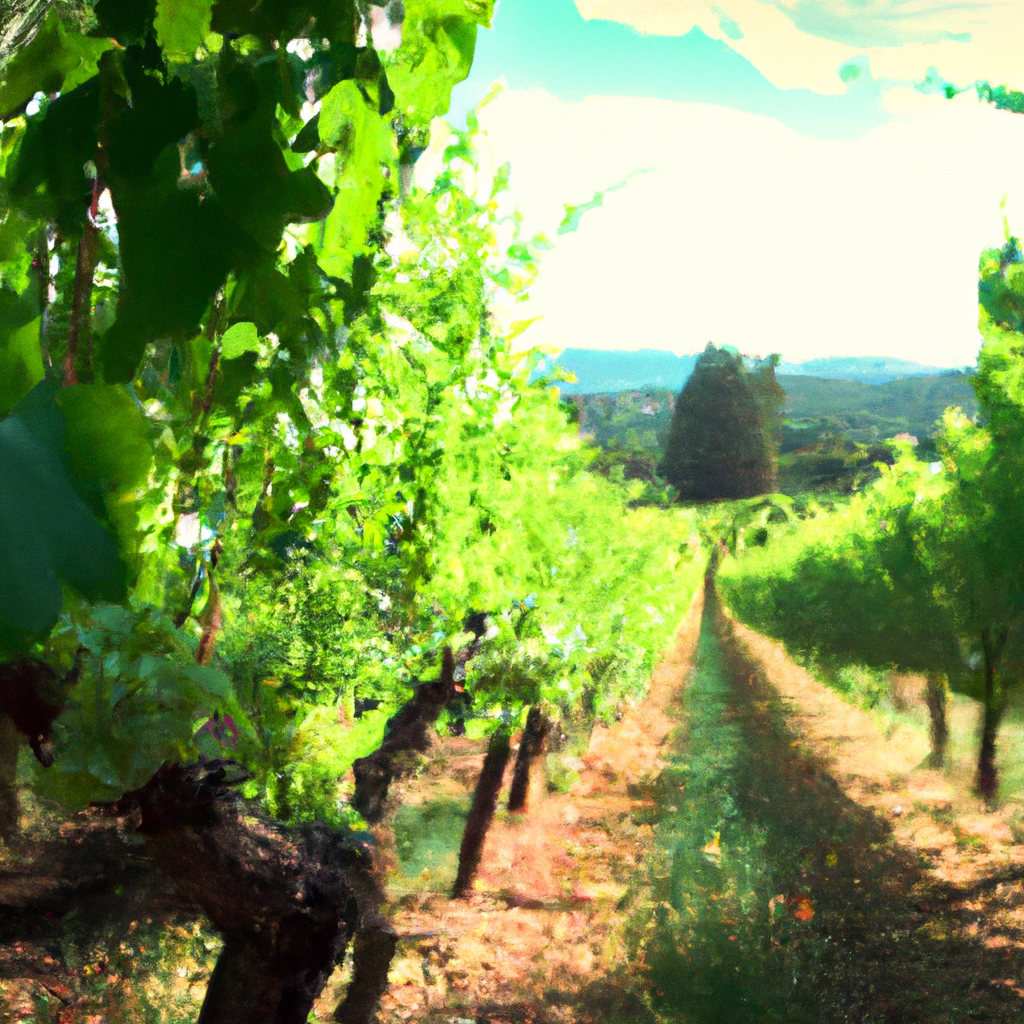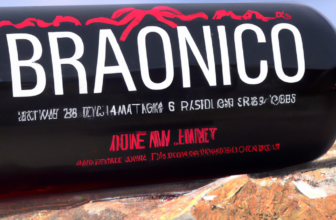
-
Article Summary
- Exploring the Vineyards of Napa Valley
- Key Takeaways
- Introduction: A Journey into the Heart of Wine Country
- The Vineyards: A Tapestry of Flavors and Experiences
- Experiences: More Than Just Wine Tasting
- Sustainability: A Commitment to the Future
- Challenges: Rising from the Ashes
- FAQ Section
- What is the best time to visit Napa Valley vineyards?
- What types of wine is Napa Valley known for?
- Are there any restrictions on visiting Napa Valley vineyards due to COVID-19?
- What other attractions are there in Napa Valley?
- How can I learn more about Napa Valley wines?
- Conclusion: The Enduring Allure of Napa Valley
- Key Takeaways Revisited
Exploring the Vineyards of Napa Valley

[youtubomatic_search]
Key Takeaways
- Napa Valley is home to over 400 wineries, each with its unique charm and specialty.
- The region’s Mediterranean climate and diverse soil types make it ideal for growing a variety of grape types.
- Visitors can enjoy a range of experiences, from wine tasting tours to gourmet dining and spa treatments.
- Sustainability is a key focus for many Napa Valley vineyards, with initiatives to protect the environment and promote responsible farming.
- Despite challenges such as wildfires and climate change, Napa Valley continues to thrive as a world-renowned wine region.
Introduction: A Journey into the Heart of Wine Country
Located in Northern California, Napa Valley is a wine lover’s paradise. With its rolling hills, picturesque landscapes, and perfect climate, it’s no wonder that this region is one of the premier wine destinations in the world. This article explores the vineyards of Napa Valley, delving into their history, unique characteristics, and the experiences they offer to visitors.
The Vineyards: A Tapestry of Flavors and Experiences
Napa Valley is home to over 400 wineries, each offering a unique blend of history, culture, and of course, wine. From the historic Beringer Vineyards, the oldest continuously operating winery in the valley, to the modern and sustainable practices of Frog’s Leap Winery, there’s a vineyard to suit every taste.
One of the key factors that make Napa Valley vineyards so special is the region’s Mediterranean climate. According to the Napa Valley Vintners Association, this type of climate is found in only 2% of the world’s land area. It provides the perfect conditions for growing a variety of grape types, from Cabernet Sauvignon to Chardonnay.
Another unique feature of Napa Valley vineyards is the diversity of their soil types. There are more than 100 soil variations in the region, contributing to the distinct flavors and characteristics of Napa Valley wines.
Experiences: More Than Just Wine Tasting
Visiting a Napa Valley vineyard is about more than just wine tasting. Many vineyards offer tours that allow visitors to explore the winemaking process, from the vine to the bottle. Some also offer gourmet dining experiences, with menus designed to complement their wines.
For those seeking relaxation, a number of vineyards offer spa treatments, with therapies often incorporating grape seed extracts and other vineyard-inspired ingredients. And for the more adventurous, there’s even the opportunity to take a hot air balloon ride over the valley, offering breathtaking views of the vineyards below.
Sustainability: A Commitment to the Future
Many Napa Valley vineyards are committed to sustainability, with initiatives to protect the environment and promote responsible farming. According to the Napa Valley Vintners Association, over half of the vineyard acreage in Napa Valley is certified by the Napa Green program, a comprehensive sustainability certification for vineyards and wineries.
Challenges: Rising from the Ashes
Despite its success, Napa Valley has faced its share of challenges. The region has been hit by several wildfires in recent years, causing damage to vineyards and impacting wine production. However, the resilience of the Napa Valley community is evident in its recovery efforts, with many vineyards bouncing back and continuing to produce high-quality wines.
FAQ Section
What is the best time to visit Napa Valley vineyards?
The best time to visit Napa Valley is during the fall harvest season (August to October), when the grapes are being picked and the winemaking process is in full swing.
What types of wine is Napa Valley known for?
Napa Valley is best known for its Cabernet Sauvignon, but it also produces a wide range of other wines including Chardonnay, Merlot, and Pinot Noir.
Are there any restrictions on visiting Napa Valley vineyards due to COVID-19?
Some vineyards may have restrictions or require reservations due to COVID-19. It’s recommended to check with individual vineyards before planning your visit.
What other attractions are there in Napa Valley?
Besides vineyards, Napa Valley offers a range of attractions including gourmet restaurants, boutique shops, art galleries, and outdoor activities like hiking and biking.
How can I learn more about Napa Valley wines?
Many vineyards offer educational tours and tastings. There are also several wine education centers in Napa Valley, such as the Napa Valley Wine Academy.
Conclusion: The Enduring Allure of Napa Valley
Napa Valley’s vineyards offer a captivating blend of history, culture, and world-class wines. Despite challenges, the region continues to thrive, drawing visitors from around the world with its stunning landscapes, diverse wine offerings, and commitment to sustainability. Whether you’re a seasoned wine connoisseur or a casual enthusiast, a visit to Napa Valley’s vineyards promises an unforgettable experience.
Key Takeaways Revisited
- Napa Valley’s over 400 wineries offer a diverse range of wines and experiences.
- The region’s Mediterranean climate and diverse soil types contribute to the unique flavors of Napa Valley wines.
- Visitors can enjoy a range of experiences, from wine tasting and vineyard tours to gourmet dining and spa treatments.
- Sustainability is a key focus in Napa Valley, with many vineyards participating in the Napa Green certification program.
- Despite challenges such as wildfires, Napa Valley continues to thrive as a world-renowned wine region.
[youtubomatic_search]






